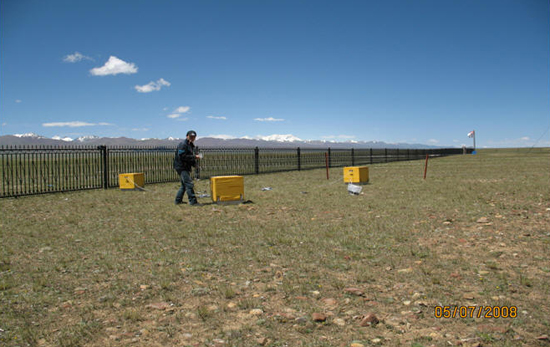| News |
| Latest news | |
| Int’l Cooperation activities | |
| Events & Announcement | |
| Recent Activities |
| Location: Home>News>Recent Activities |
| NAMORS engaged in GHGs monitoring |
|
Under the auspices of the ITPCAS frontier scientific projects, Associate Prof. Xu Ri and her colleagues set up a field monitoring site at the NAMORS, taking such Greenhouse Gases (GHGs) as N2O, CH4, and CO2 under long-term fixed-site observation and monitoring.
The monitoring equipment within the field was set up in July, 2008. In May, 2009, a set of control experiment equipment was configured by the monitoring field to acquire first-hand data on the influence of anthropogenic activities on GHGs emission in the region. The monitoring is expected to help in the modeling of increase of atmospheric nitride deposition and the influence of long-term excessive farming.
As an important GHG, the N2O works 210 times larger than atmospheric CO2 in warming the globe. Current study indicates the equal contributions of natural and human sources to atmospheric N2O, with soil as its major natural source. Given the large proportion of the land eco-system of the Tibetan Plateau to China’s total territory (about 1/4), the Plateau is an important region for N2O production and study thereof. Besides, with global warming, permafrost on the Tibetan Plateau is melting, giving out considerable amount of GHGs, esp. the N2O, which has drawn international attention. Quantitative discussion of the influence of GHGs emission on the Tibetan Plateau to global warming will thus put Chinese government in a sound position to negotiate the international environmental change issues.
|


